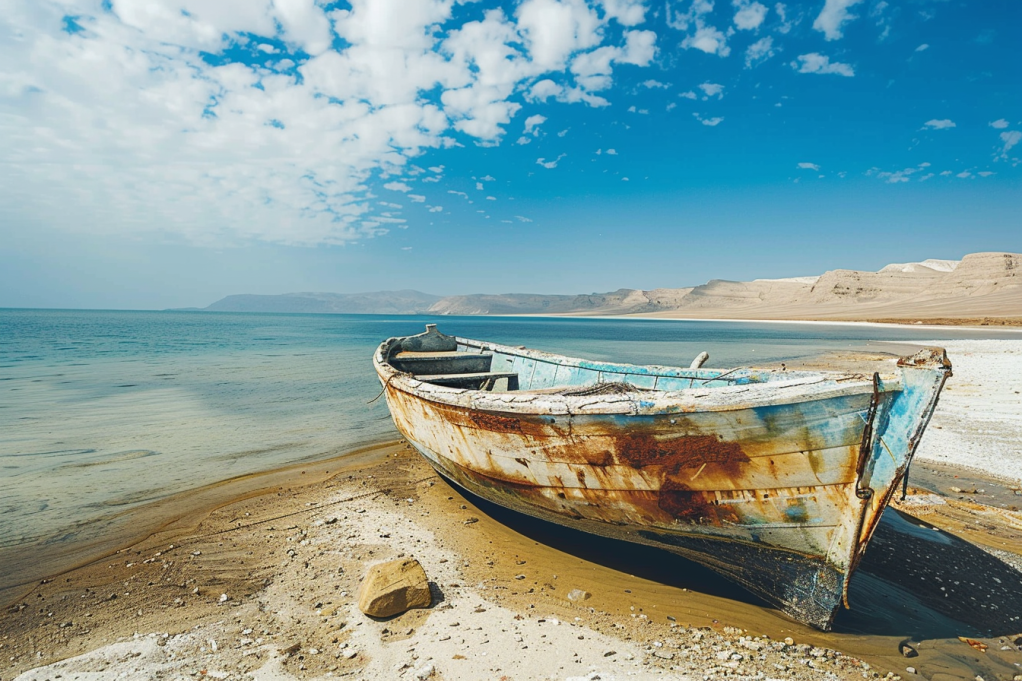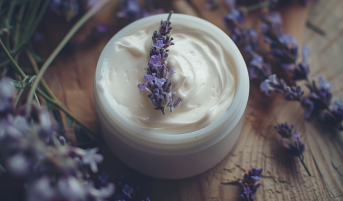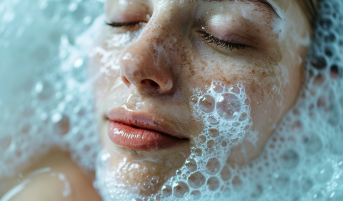The Rich History Of Dead Sea Salt

Discover the allure of Dead Sea salt, a treasure trove of therapeutic wonders steeped in ancient traditions and modern scientific acclaim. Unlike your typical sea salt, the Dead Sea variety boasts an extraordinary mineral richness, offering unparalleled benefits for skin health and profound relaxation. Embark on a journey to explore its captivating history and unlock the secrets to rejuvenation and well-being.
Key Takeaways
- Ancient Times: Used for health, worship, and cuisine; healing recognised.
- Egyptian Era: Key in mummification, cosmetics; preserved bodies, beautified skin.
- Roman Era: Trade route expansion; economic and health benefits in bathhouses.
- Mineral Composition: Rich in magnesium, potassium, etc.; helps skin conditions, reduces stress.
- Middle Ages: Valuable trade item; health benefits valued by royals, physicians.
- Modern Times: Used in spa treatments, skincare; valued for natural purity.
- Scientific Research: Shows benefits for psoriasis, arthritis, stress.
- Cultural & Economic Impact: Supports economies, cultural practices; creates jobs.
- Conservation Efforts: Focus on environmental challenges; international protection projects.23
Here's a brief overview of what Dead Sea salt is and some of its unique properties:
- What: Dead Sea salt is a mineral-rich salt harvested from the Dead Sea, a landlocked saltwater lake.
- Properties: It contains a higher concentration of minerals such as magnesium, potassium, and calcium compared to regular sea salt.
Ancient Times and Dead Sea Salt
Dating back to Ancient Times, Dead Sea salt has held great significance for its healing properties. Various cultures around the Dead Sea utilised it mostly for health, worship, and cuisine.
Ancient cultures that utilised Dead Sea Salt included:
- The Sumerians
- The Egyptians
- The Hebrews
- The Greeks
- The Romans
Dead Sea Salt in the Time of the Egyptians
During ancient Egyptian times, Dead Sea salt played a crucial role in mummification processes, preserving bodies for the afterlife. It also held a significant place in trade and cosmetics, revered for its ability to beautify the skin and heal ailments.
Uses among the Egyptians encompassed:
- Mummification: Integral in the embalming process.
- Cosmetics and Skincare: An essential ingredient in creams and ointments.
The Roman Era of Dead Sea Salt
The development of trade routes during Roman times led to a surge in the exploitation of Dead Sea salt. It became integral to the economy and a luxurious component of the Roman bathing culture, highlighting its continued importance in personal care.
Notable aspects of its use in Rome:
- Economic Boost: A valuable commodity for trade and taxation.
- Bathing Culture: Incorporated into the elaborate Roman bathhouses for its health benefits.
The Mineral Composition of Dead Sea Salt
The salt's unique mineral composition is what sets it apart from other salts, making it a sought-after component for health and wellness products.
Some of the key minerals found in Dead Sea salt include:
- Magnesium: Promotes healing and improves skin hydration.
- Potassium: Balances skin moisture.
- Calcium: Strengthens bones and nails and enhances skin health.
- Bromides: Soothe the skin, relax muscles, and calm nerves.
- Sodium: Cleanses and exfoliates the skin.
The health and therapeutic benefits of these minerals have been reported to:
- Relieve skin conditions such as psoriasis and eczema.
- Reduce stress and muscle tension.
- Improve overall skin hydration and appearance.
Dead Sea Salt in the Middle Ages
The Middle Ages saw the continuation of Dead Sea salt as a valuable trade item. Noteworthy figures, including famous physicians and royalty, sought after this precious mineral for its reputed health benefits.
Historical figures connected with Dead Sea salt:
- King Solomon: Allegedly gifted Dead Sea salts to the Queen of Sheba.
- Avicenna: The Persian polymath included the salts in his medical texts.
Dead Sea Salt in Modern Times
In the modern era, Dead Sea salt harvesting has evolved significantly. Today, it is a staple in spa treatments and luxury skincare products, coveted for its natural purity and curative features.
Current uses include:
- Spa Treatments: Utilised in baths, scrubs, and other therapeutic spa services.
- Skincare Products: Included in a variety of creams, serums, and masks.
Scientific Research and Dead Sea Salt
Modern scientific research has delved into the benefits of Dead Sea salt, exploring its effects on various health conditions.
The research indicates potential benefits for conditions like:
- Psoriasis: Significant improvement in skin lesions and quality of life.
- Arthritis: Reduction in pain and stiffness in affected joints.
- Stress and Insomnia: Promoting relaxation, aiding in better sleep quality.
The Cultural and Economic Impact of Dead Sea Salt Today
The influence of Dead Sea salt extends beyond health benefits, contributing to the local economies and cultural practices within the Dead Sea region.
Its impact today includes:
- Local Economies: Supporting industries and jobs related to salt harvesting and product manufacturing.
- Cultural Practices: Remaining a part of beauty and health rituals in the region.
Conservation Efforts for the Dead Sea
The future of the Dead Sea and its bountiful salt resources faces challenges due to environmental changes and human activities that lower water levels. Various initiatives aim to conserve and protect this valuable resource.
Conservation efforts involve:
- Sustainability Practices: Ensuring environmentally responsible harvesting.
- International Cooperation: Collaborative projects between neighbouring countries to address water levels.
The enduring legacy of Dead Sea salt is a testament to its unique properties and the lasting significance it holds in human history. From ancient cultures to modern holistic practices, the story of Dead Sea salt is intertwined with our pursuit of health, beauty, and well-being, ensuring its relevance for generations to come.
The story of Dead Sea salt is a remarkable journey from ancient times to the present day. Serving as a timeless resource for health and beauty, its history is marked by its therapeutic qualities and cultural importance. With efforts to conserve the Dead Sea for future generations, this natural wonder continues to capture the fascination of the world.



